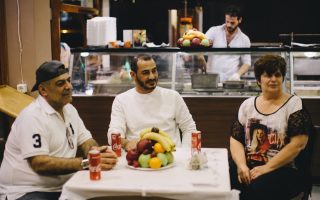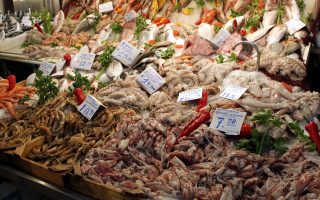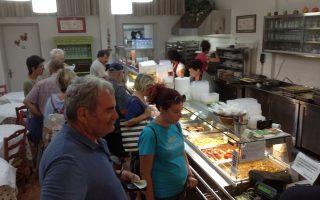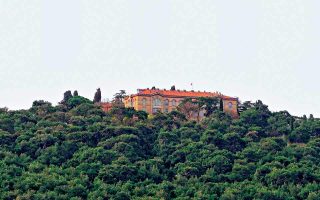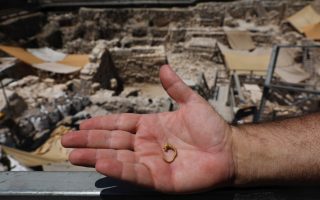Crete campaigns for the neglected, miraculous carob
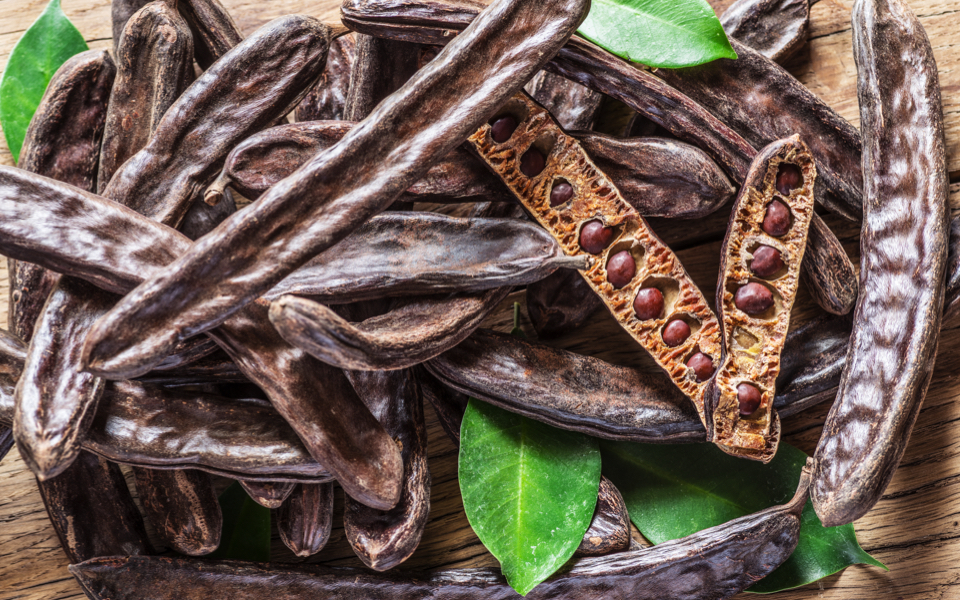
“It’s a funny paradox with the carob tree: On the one hand it is neglected, and on the other it is deeply entrenched in the conscience of the Cretan people,” says Korina Miliaraki, president of the Agritourism Union of Crete and the Epimenides Cultural Society of Panormos, and the individual spearheading a campaign to get the carob tree onto the UNESCO List of the Intangible Cultural Heritage of Humanity. And a paradox there is indeed, as there are festivals on the island to celebrate the carob tree (the one in the village of Kato Pines is well known in the greater region of Elounda) but it is also used for firewood.
Nevertheless, the campaign to safeguard Crete’s tradition of cultivating and using carob in myriad ways is progressing, as the proposal drafted by the Epimenides Society has already qualified for the second stage of assessment. If all goes well, this will lead to its registration in Greece’s National Cultural Heritage List.
“The carob tree saved us in World War II. Indeed, the livelihood of many Cretan people was tied to the tree’s existence,” says Miliaraki. According to the activist, carob is particularly nutritious due to its high content of calcium and sugar, which amounts to approximately 30-40 percent of its total weight. Grinding carob produces flour to make bread, biscuits and rusks, while boiling it produces syrup, which is also a rich source of carbohydrates, calcium and iron. The carob tree is easy to cultivate as it does not require a lot of water and can survive long periods of drought.
“It is a tree that is quite self-sufficient but which can also yield a lot when it is looked after,” says Miliaraki.
The conditions for registering the carob as a Cretan symbol of cultural heritage are ripe. An increasing number of small-scale producers on the island are creating an array of products based on carob and export rates are high, as its nutritional value has classified it as one of the world’s trendiest superfoods right now.
As the process of getting Crete’s carob trees on the UNESCO list proceeds, Miliaraki is open to information and expert opinions that can help boost the proposal. So far, the only Greek product in the UNESCO list is mastic gum from the eastern Aegean island of Chios. “If we all make an effort, we can not only save this tree, but also showcase it for the treasure it is,” concludes Miliaraki.
